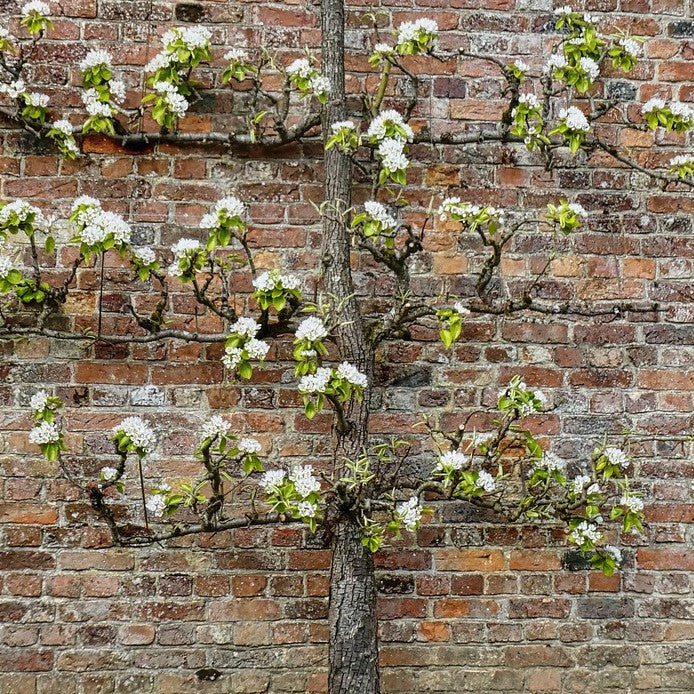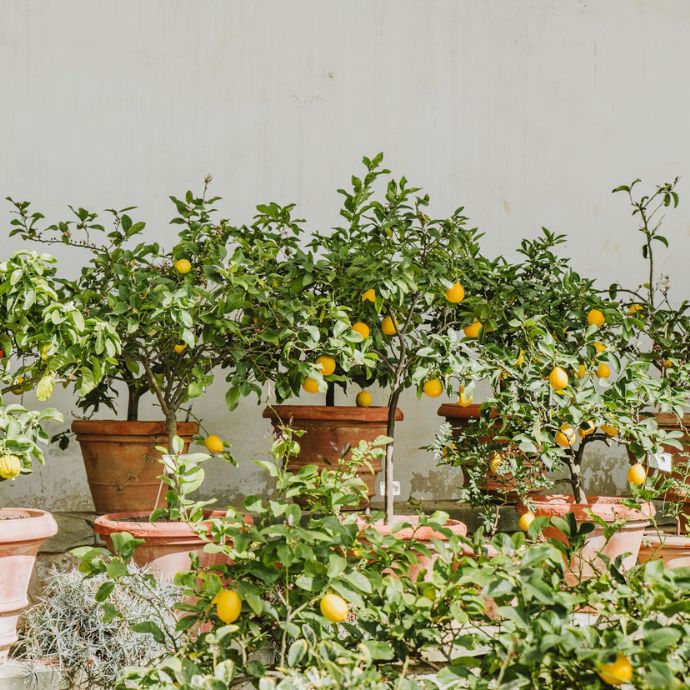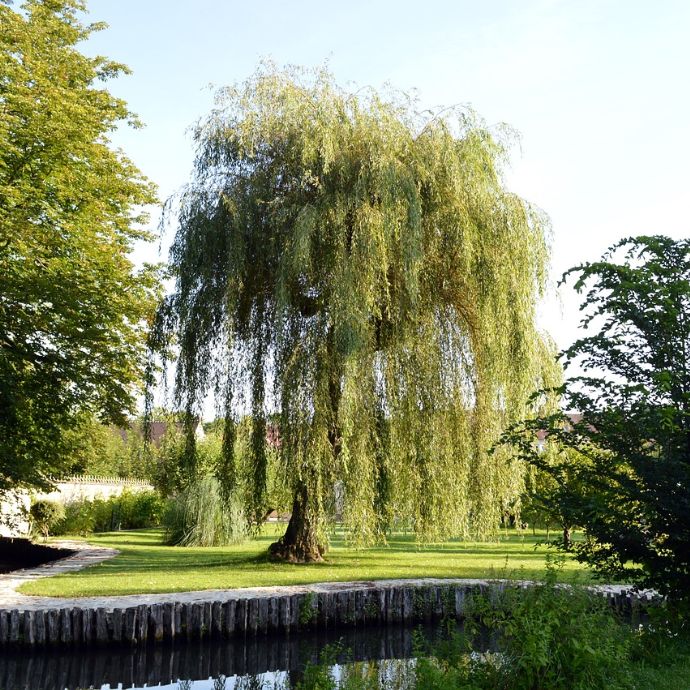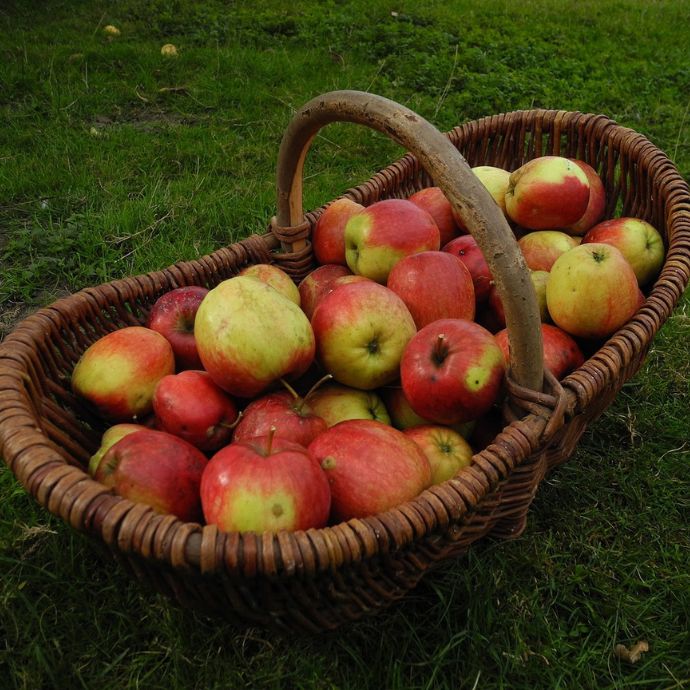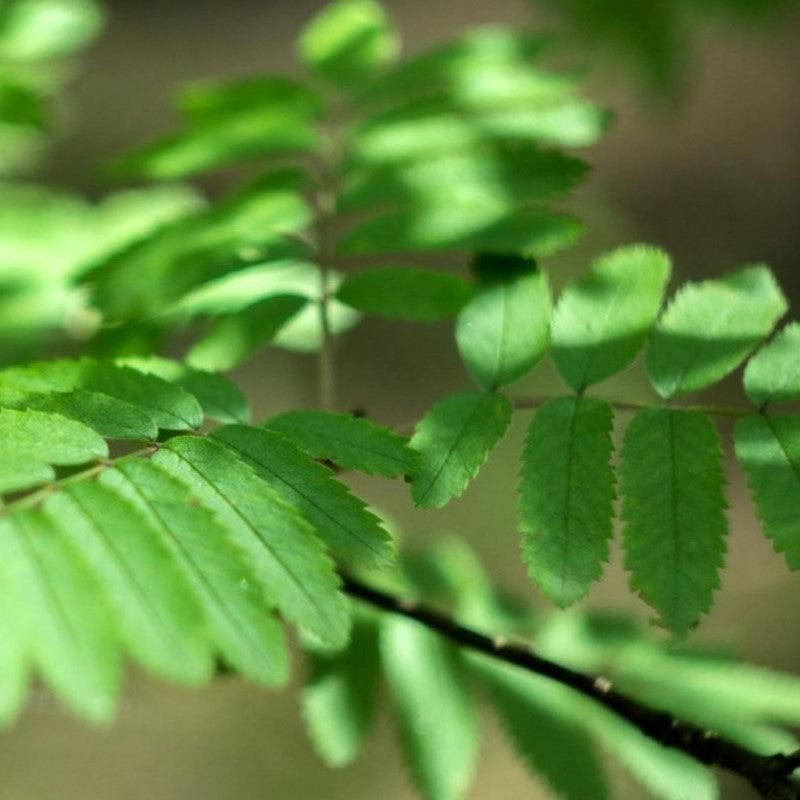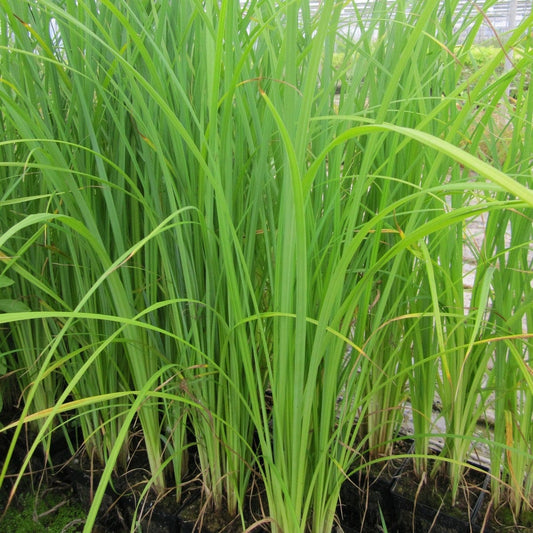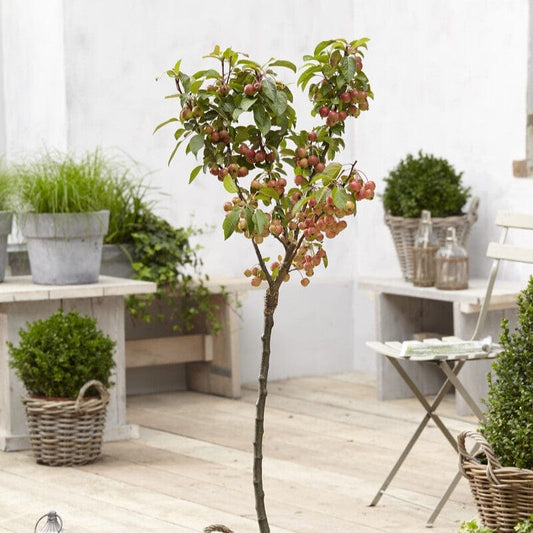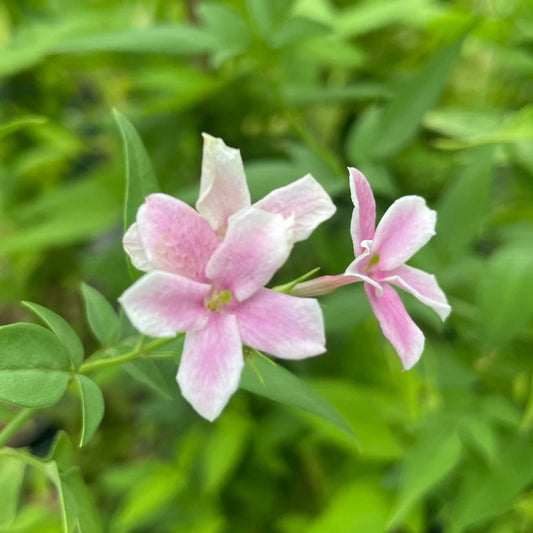Wildlife Garden Ideas
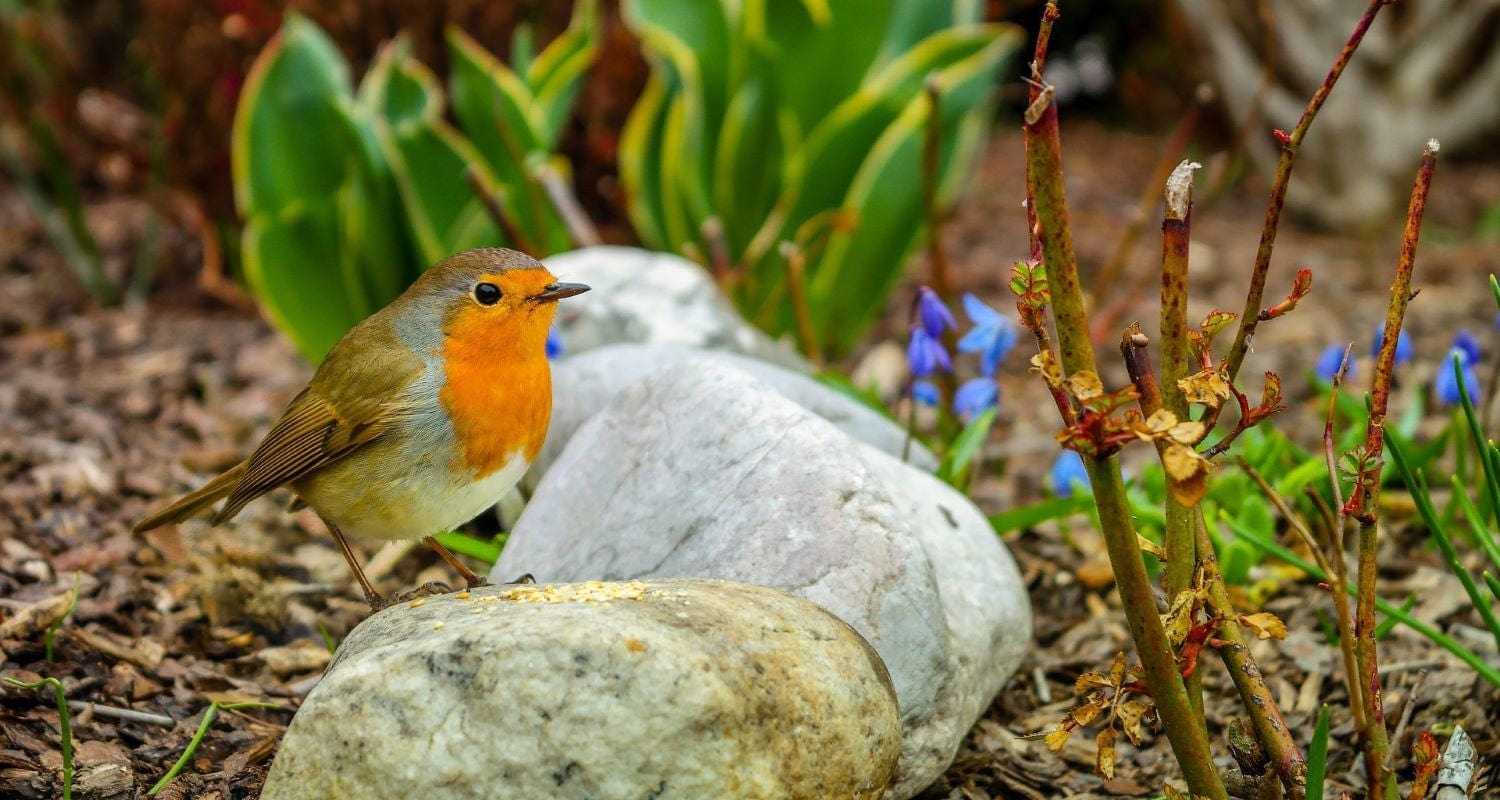
If you love your garden, love animals and want to help make the world a better place for them, why wouldn’t you design a wildlife garden? They get a lovely natural habitat to live in and you get the joy of watching them visit all year round - it’s a match made in gardening heaven. A wildlife garden is also wonderfully low maintenance - leaving fallen leaves on the ground, rotting logs in heaps and dead flower stems standing throughout the winter may not win you the Neatest Suburban Garden award, but the neighbourhood insects, birds and small mammals will thank you for it!
Read on for our wildlife garden ideas, tips and planting suggestions.
Jump to:
- Where to plant a wildlife garden
- Designing your wildlife garden
- Trees and hedges for wildlife
- Plants for pollinators
- Wildlife ponds
- Avoiding pesticides
- Adding bird boxes and houses
Where to plant a wildlife garden
The great thing about a wildlife garden is that you can often simply build on what you’ve already got. Unless you’ve just moved into a house with gravel, paving slabs or plastic grass where the garden should be - in which case, hire a skip and let the fun begin!
If you only have a small space such as a balcony or a yard, don’t think a wildlife garden is an impossibility. By using pots, climbing plants and creating habitats and feeding stations, you can very successfully transform your space into a haven for urban creatures.
How to design your wildlife garden
In this case, the word design is a bit strong. The more random, wild and natural looking your garden is, the better as far as animals are concerned. However, there are several elements that no wildlife garden should be without.
Trees and hedges
Any new trees you plant in your wildlife garden should be native trees. These are the species that have grown in the UK for hundreds or thousands of years, with our wildlife evolving alongside them. This means that trees such as oaks, hawthorns, rowans and crabapples provide the perfect habitat for British birds, insects and mammals, so you’ll always see more wildlife around them - for example, an English Oak tree supports 284 different insect species! If you don’t have the space for a full sized tree, why not try swapping out a fence or wall for a wildlife friendly and space saving hedge? It will provide a wonderful habitat for birds to nest and feed, with thorny plants like hawthorn and blackthorn protecting them against predators. Remember to save the hedge trimming until nesting season (February to August) is well and truly over.

Plants for pollinators
We all want to attract more bees to our gardens - we grow the plants that feed them, they pollinate the plants that feed us, everyone wins. But not all bee species are alike. Bees with longer tongues prefer tubular flowers like foxgloves, while those with short tongues prefer open blooms such as single dahlias. Small bees tend to like small florets, while larger bees go for larger flowers. The more open the flower, the better - avoid those heavily cultivated varieties with densely packed layers of petals. Perennials tend to produce the richest nectar and pollen, and it’s best to plant them in blocks because each bee species has its favourite and will tend to stay where there are more of them. Plant a wildflower meadow and you’ll be virtually guaranteed a new crowd of bee and butterfly friends. Oh and mow the lawn as little as possible - it provides a vital habitat for insects, with the plants growing in it providing nectar and pollen for bees. If you must mow, wait until June when there will be plenty of other plants around for the bees to feed on.

Add a wildlife pond
Building a pond could be the best thing you can do for your friendly local creatures, as well as increasing the number of species that call your garden home. It doesn’t have to be a massive project - just making a mini pond in a container will attract dragonflies, frogs and birds for you to observe as they hide, feed or breed amongst the aquatic plants. Tall marginal plants like bullrushes and Irises will bring the damselflies and dragonflies, floating plants like waterlilies provide shelter and shade for fish and frogs and surrounding the pond with bushy or dense native plants will give birds and young amphibians a place to hide from predators. Make sure you add a ramp next to the pond so that mammals such as hedgehogs don’t get trapped.

Keep it natural
Probably the most important thing you can do to encourage wildlife to your garden is to ditch the chemicals. Pesticides, weedkillers and harsh cleaning products are all a big no when it comes to maintaining a healthy environment for the animals and birds who share your space, but the good news is that it’s actually much more effective in the long term to work with nature rather than against it. Regular weeding, companion planting, natural pest deterrents and encouraging predators are all kinder and more effective ways of increasing your yields while working with the natural ecosystem of your garden. Find out how in our guides to companion planting, weeding and natural pest control.

Build it and they will come
The finishing touches of your wildlife garden can be some of the most fun projects to do - they’re also excellent for getting children involved. Make your own bird feeders and hang them from the trees. To provide essential fats, make or buy fat cakes with added seeds - you can also hang them near roses to attract blue tits and other small birds. Put up nesting boxes (you can even get some with built in cameras so you can watch the birds without disturbing them) and build a bug hotel. Check out our article for more ideas to make your garden wildlife-friendly all year round.

Last updated: 13/11/2023

